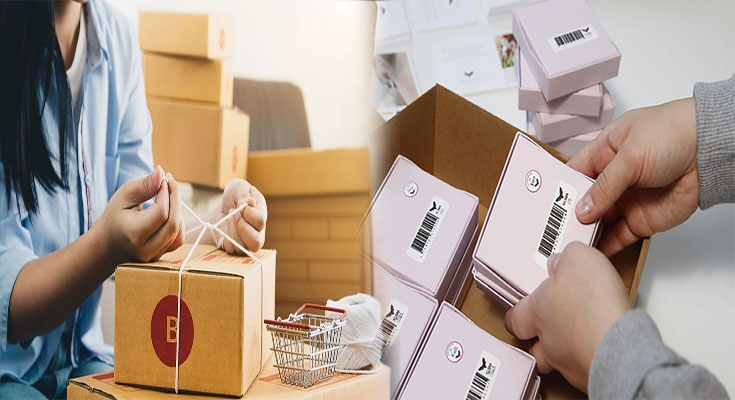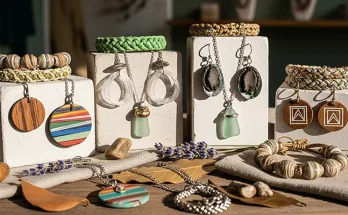If you’re a creative entrepreneur or an artisan selling handmade items, ensuring that your products reach customers in pristine condition is crucial. Proper packaging and shipping techniques not only protect your creations but also leave a lasting impression on your customers. To help you navigate the world of packaging and shipping, we’ve put together a comprehensive guide on how to package and ship handmade items safely.
Step 1: Gather the Essentials
Before you start packaging your handmade items, make sure you have the following supplies on hand:
- Sturdy boxes or mailers in various sizes
- Bubble wrap or packaging materials for protection
- Tissue paper or wrapping paper for a professional touch
- Strong, adhesive tape
- Labels or stickers for addressing and branding
- Packing peanuts or shredded paper for additional cushioning
- Shipping labels and a reliable shipping carrier
Step 2: Protect Your Handmade Items
Properly protecting your handmade items is essential to prevent damage during transit. Here are a few tips to keep in mind:
- Wrap delicate items individually in bubble wrap to provide shock absorption.
- Place smaller items in containers or boxes to prevent shifting and potential breakage.
- Use tissue paper or wrapping paper to add an extra layer of protection and create an elegant presentation.
Step 3: Choose the Right Box or Mailer
Selecting the appropriate box or mailer is crucial for safe shipping. Consider the size, weight, and fragility of your handmade items when choosing packaging. Opt for sturdy boxes made from corrugated cardboard or padded mailers for smaller, less fragile items.
Step 4: Cushioning and Securing
To prevent items from moving around during shipping, provide adequate cushioning. Use packing peanuts or shredded paper to fill any empty spaces in the box and protect your handmade items from impact. Ensure that your items are snugly secured and cannot shift or collide with one another.
Step 5: Seal and Label
Properly sealing and labeling your packages is essential for efficient delivery. Follow these steps:
- Seal the box or mailer securely using strong adhesive tape, making sure to reinforce corners and edges.
- Attach shipping labels with clear and legible addresses.
- Consider including your own branded packaging materials, such as labels or stickers, to enhance your brand’s identity and make a memorable impression.
Step 6: Choose a Reliable Shipping Carrier
Selecting a reliable shipping carrier is crucial to ensure that your handmade items are delivered in a timely and secure manner. Research different carriers and consider factors like shipping rates, delivery speed, package tracking options, and insurance coverage. Choose a carrier that aligns with your needs and budget.
Step 7: Test and Assess
Before shipping your handmade items to customers, conduct a test shipment to assess the packaging’s effectiveness. This practice will help you identify any potential issues or areas for improvement before sending out your products to customers.
Putting effort into properly packaging and shipping your handmade items demonstrates your commitment to quality and customer satisfaction. By following these steps and making use of adequate packaging supplies, you can ensure that your creations arrive at their destination safely and make a positive impression on your valued customers. Remember, investing in secure packaging and reliable shipping ultimately leads to happy customers and a thriving handmade business.





